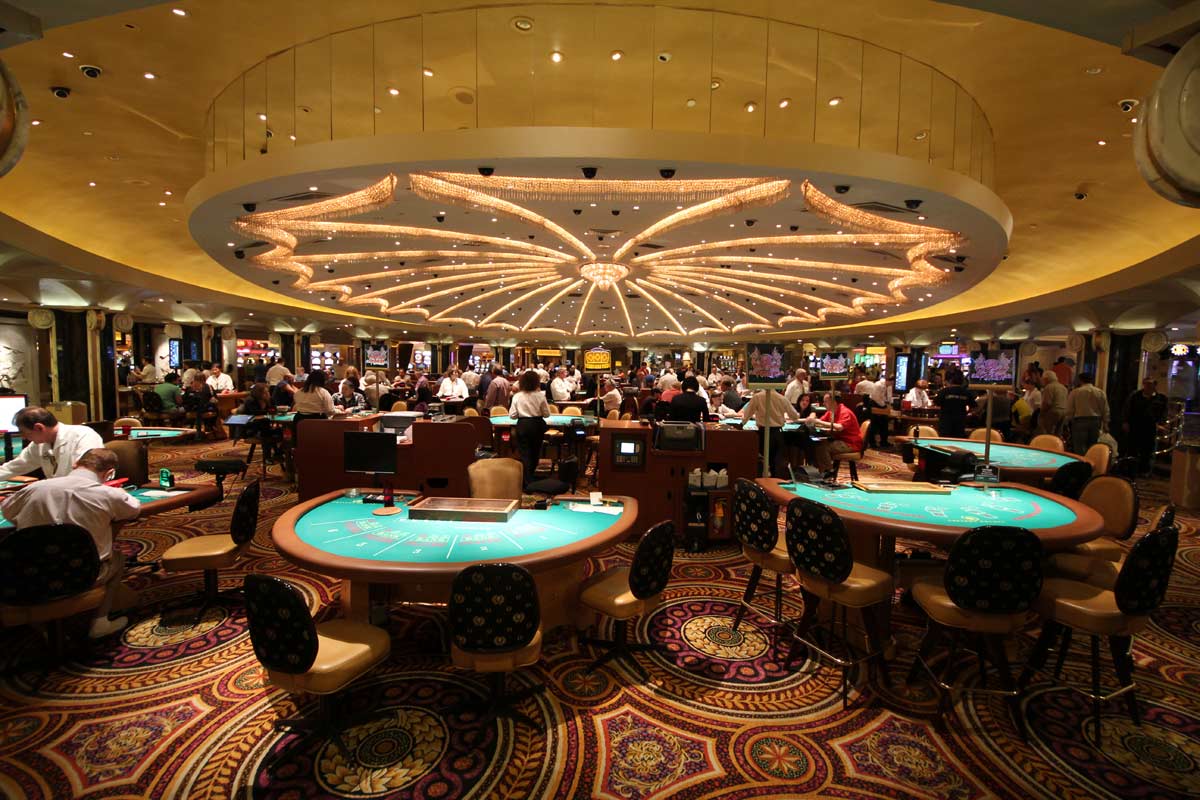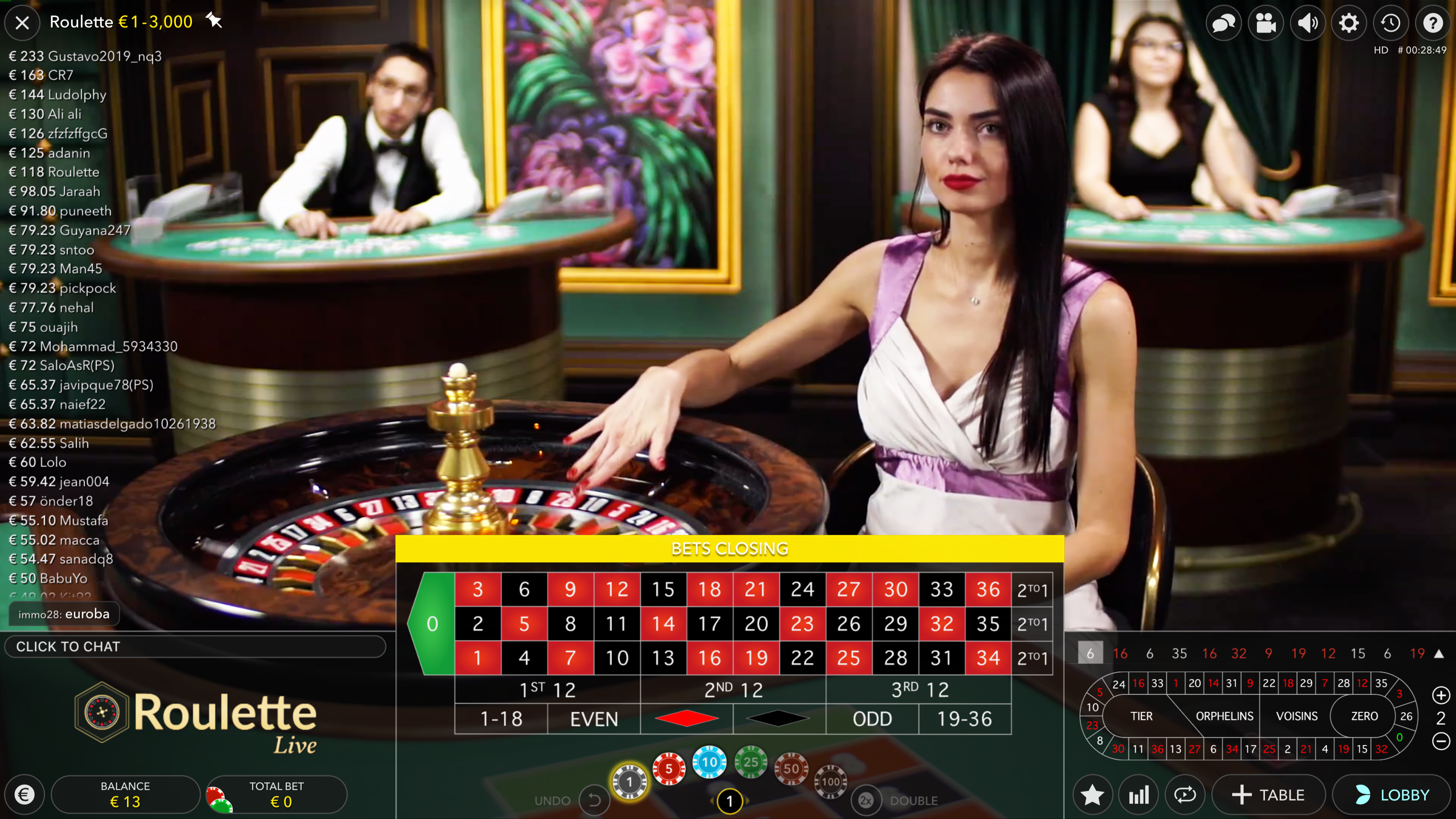In recent years, the world of online shopping has expanded beyond traditional goods to include a wide range of products, including plants. One particular trend that has been gaining popularity is online plant subscriptions. This innovative service allows plant enthusiasts to receive a new plant or selection of plants regularly, delivered right to their doorstep. But the question remains: Is investing in an online plant subscription worth it? For example, you might receive a Hydrangea merveille sanguine as part of your subscription.
Convenience and Variety
One of the key benefits of online plant subscriptions is the convenience they offer. Subscribers can enjoy the luxury of having fresh, vibrant plants delivered to them without ever having to leave their homes. This is especially appealing for individuals with busy schedules or limited access to local nurseries.
Moreover, online plant subscriptions often provide a wide variety of plant options. Whether you’re a fan of succulents, tropical plants, or flowering shrubs, there is a subscription service tailored to your preferences. This diversity allows plant lovers to expand their collection and discover new species they may not have encountered otherwise.
Quality and Care
When it comes to online plant subscriptions, quality and care are paramount. Reputable subscription services take great care in selecting and packaging their plants to ensure they arrive healthy and thriving. Additionally, many subscriptions come with detailed care instructions, making it easier for both novice and experienced gardeners to nurture their new green companions.
By investing in an online plant subscription, you are not only receiving a plant but also the expertise and support of dedicated plant enthusiasts who are passionate about fostering a love for greenery.
Cost-Effectiveness
While some may question the cost of online plant subscriptions, it is essential to consider the overall value they provide. By receiving curated plants regularly, subscribers can avoid the impulse purchases often associated with traditional plant shopping. Additionally, the joy and satisfaction derived from watching your plant collection grow can outweigh the initial investment.
Furthermore, many online plant subscriptions offer flexibility in terms of pricing and subscription plans, allowing individuals to choose a plan that fits their budget and needs. This customization ensures that plant lovers can enjoy the benefits of a subscription service without breaking the bank.
Key Takeaway: Online plant subscriptions offer convenience, variety, quality, and cost-effectiveness, making them a worthwhile investment for plant enthusiasts.
Conclusion
In conclusion, the rise of online plant subscriptions has revolutionized the way individuals interact with nature and cultivate their indoor green spaces. The convenience, variety, quality, and cost-effectiveness of these services make them a valuable addition to any plant lover’s life. If you are looking to enhance your plant collection, learn more about different species, and enjoy the thrill of plant surprises, investing in an online plant subscription may indeed be worth it.
Remember, nurturing plants is not just a hobby; it’s a form of self-care and a way to bring the beauty of nature into your home. So, why not embark on this botanical journey and see for yourself the joy that online plant subscriptions can bring?



